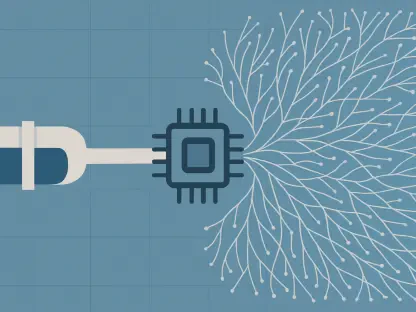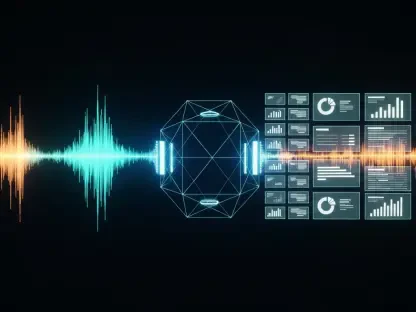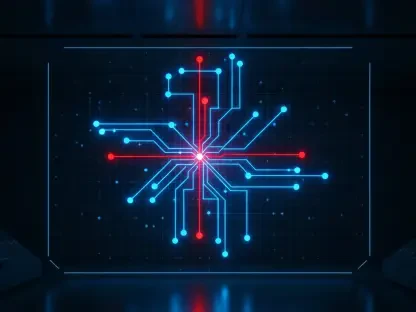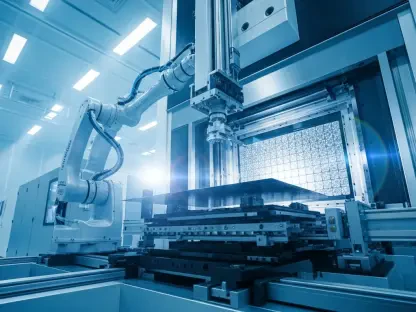In the ever-evolving landscape of artificial intelligence, certain moments stand as pivotal turning points that redefine what’s possible, inspiring visionaries to push boundaries and reshape the future of technology with unwavering determination. One such moment came in 2012 with a groundbreaking research paper that not only revolutionized computer vision but also profoundly influenced Sam Altman, the CEO of OpenAI. This seminal work became a catalyst for Altman’s unwavering belief in AI’s potential, ultimately leading to the creation of a company that has become synonymous with cutting-edge innovation. The journey from a single academic achievement to a global technological movement offers a compelling narrative of inspiration and determination. It highlights how foundational research can ignite individual ambition and drive industry-wide transformation, setting the stage for advancements that continue to impact countless lives.
A Milestone in AI Research
The Dawn of Deep Learning Excellence
The release of the AlexNet paper in 2012 marked a defining moment in the field of artificial intelligence, particularly in the realm of computer vision. Titled “ImageNet Classification with Deep Convolutional Neural Networks,” this work by Alexander Krizhevsky, Ilya Sutskever, and Geoffrey Hinton introduced a powerful architecture that leveraged deep convolutional neural networks (CNNs) to achieve unprecedented results. By utilizing GPUs to process the vast ImageNet dataset, AlexNet dramatically outperformed traditional methods in the 2012 ImageNet Large Scale Visual Recognition Challenge. Its success in reducing the top-5 error rate from 26.2% to an astonishing 15.3% underscored the potential of deep learning. This breakthrough was not just a technical achievement; it signaled a paradigm shift, proving that neural networks could tackle complex tasks with remarkable accuracy and opening new avenues for exploration across various domains.
Shifting Perspectives in Technology
The impact of AlexNet extended far beyond academic circles, capturing the attention of tech enthusiasts and industry leaders alike who saw its implications for real-world applications. For many, this achievement was a clear indication that AI could evolve from theoretical concepts into practical, transformative tools. The paper’s innovative approach to image classification demonstrated that with the right computational power and data, machines could learn to “see” in ways previously thought impossible. This realization spurred a wave of interest and investment in neural network research, laying the groundwork for subsequent advancements in fields like autonomous driving and medical imaging. The momentum generated by this single piece of research reshaped the trajectory of AI development, encouraging a new generation of innovators to explore the untapped potential of deep learning technologies and their broader societal benefits.
From Inspiration to Industry Leadership
A Visionary’s Turning Point
For Sam Altman, the AlexNet paper was nothing short of a revelation that solidified a lifelong fascination with artificial intelligence into a concrete vision for the future. Having been captivated by the possibilities of AI since childhood, often inspired by science fiction, Altman had long believed in its capacity to become humanity’s most significant technological leap. However, in earlier years, the field seemed distant from achieving such grand aspirations. The 2012 breakthrough changed everything, offering tangible evidence that deep learning could work effectively on a large scale. Altman recognized this as a critical juncture, understanding that while immediate success was not assured, the approach warranted serious exploration. This moment of clarity fueled a determination to contribute to AI’s evolution, transforming abstract dreams into a focused mission to drive meaningful progress in the field.
Building a Legacy Through Collaboration
Inspired by the potential unveiled by AlexNet, Sam Altman sought to turn conviction into action through strategic partnerships and bold initiatives. A key figure in this journey was Ilya Sutskever, one of the paper’s co-authors, whose expertise and vision aligned closely with Altman’s goals. After persistent efforts to collaborate, their discussions laid the foundation for the establishment of OpenAI in 2015, alongside other notable figures like Elon Musk and Greg Brockman. This venture was a direct outcome of the inspiration drawn from groundbreaking research, aiming to accelerate AI development for the greater good. The eventual launch of ChatGPT in 2022 marked a significant milestone, heralding the start of a widespread AI boom that reshaped public interaction with technology. This trajectory from a single paper to a pioneering organization illustrates how individual inspiration, paired with collaborative effort, can create a lasting impact on a global scale.
Reflecting on a Catalyst for Change
Looking back, the influence of the AlexNet paper on Sam Altman’s path and the broader AI landscape stands as a powerful reminder of how singular moments of innovation can alter history. Its role in demonstrating the viability of deep learning not only convinced Altman of AI’s potential but also spurred the creation of OpenAI, an entity that has since driven remarkable advancements. The journey from a research milestone to industry-defining tools like ChatGPT reflects a blend of personal resolve and collective progress. As the tech community continues to build on these foundations, the story serves as inspiration for future innovators to seek out and act upon transformative ideas. Embracing such catalysts with vision and perseverance remains essential for tackling emerging challenges and shaping the next era of technological evolution.









